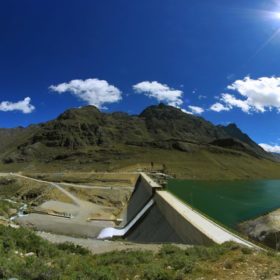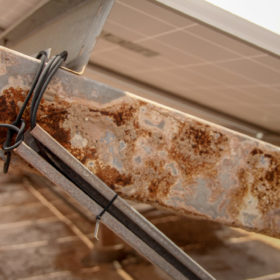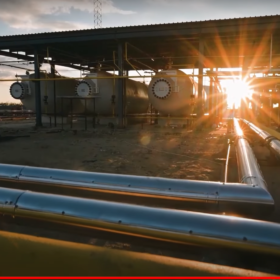Coupling pumped hydro with renewables and other storage technologies
The combination of pumped hydro with other storage technologies can increase renewables penetration, improve operational safety and reduce maintenance costs at large-scale hydropower plants, according to new research. The study also focuses on techniques to determine the optimal size of renewables-based pumped hydro storage systems. Costs for hybrid solar-pumped hydro projects currently range from $0.098/kWh to $1.36/kWh.
BHEL seeks 231,200 quantities of minimum 330W solar modules
Global bids are invited for manufacturing and supply of multicrystalline PV modules with peak power output of minimum 330 Wp, for the state-owned engineering major’s projects in Gujarat. Bidding closes on December 11.
Assessing metal leaching from PV modules dumped in landfill
An Indian Institute of Technology research team analyzed around 300 studies about PV panel waste containing carcinogenic metals. The researchers said solar module recycling is not economically profitable and policy support is necessary to avoid panels being dumped in landfill.
The long read: How large of a problem is thermal derating?
In its Inverter Scorecard, PV Evolution Labs examines thermal derating, a long-known problem among experts. With the data the lab collects, it provides insights as to how different devices behave when exposed to high temperatures.
The long read: Model progress
While it has often been referred to as “the future of PV” in recent years, discussions surrounding bifacial technology are now very much in the present. Modules are beginning to roll off production lines in significant numbers, and industry players are boasting of gigawatts of bifacial projects that are already installed or in the late stages of development. But it’s still early days for the technology, and there are questions to answer for it to achieve its full potential. pv magazine investigates the modeling and optimization of bifacial PV’s performance.
The long read: Around the world in nine microgrids
pv magazine reached out to companies that are active in the microgrid segment for details on the market and its latest tech developments. What follows is a look at some of the most interesting projects from across the globe.
pv magazine test: September 2019 results
We are pleased to present the next batch of energy yield results from the outdoor test field in Xi’an, China. The September 2019 results are presented below, plus analysis from George Touloupas, director of tech and quality at CEA.
New metallization tech to reduce microcracks in solar cells
A U.S. research group has developed a metal-carbon-nanotube composite – MetZilla – which can be embedded in commercial, screen-printable silver pastes and is said to reduce the formation of hotspots in solar modules and to prolong panel lifespan. The composite metal contacts are also ‘self-healing’ as they are able to regain electrical continuity after cycles of complete electrical failure caused by extreme strain.
New material for radiative cooling of solar panels
Spanish researchers have discovered a material said to offer radiative cooling and self-cleaning of devices which undergo critical heating during operation, such as PV panels. The thermal emitter enabled the scientists to lower the daytime temperature of silicon wafers by 14 degrees Celsius.
The long read: Considering the competitive landscape for HJT
The benefits of heterojunction technology are well known. But as the first modules come onto the market from REC Group’s new HJT lines, the competitive landscape is crowded, but not without opportunity.














